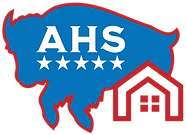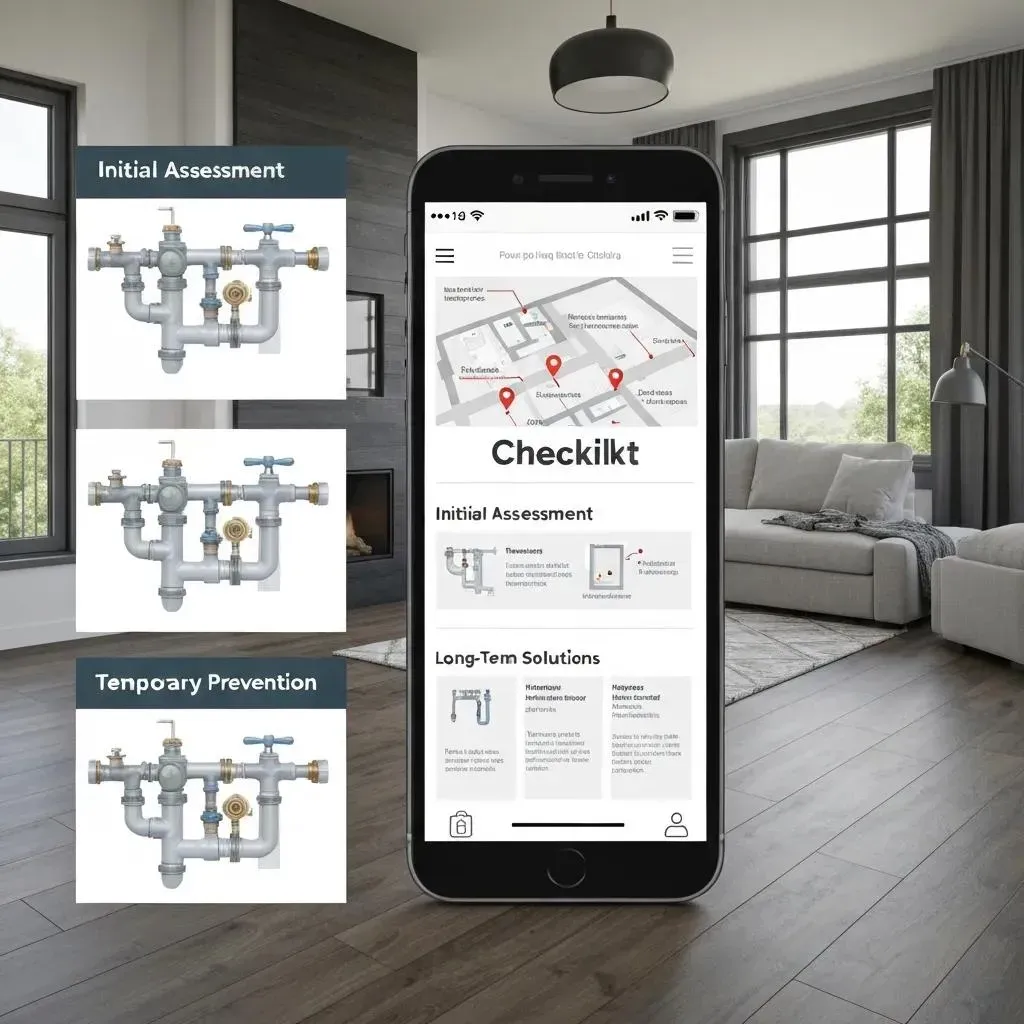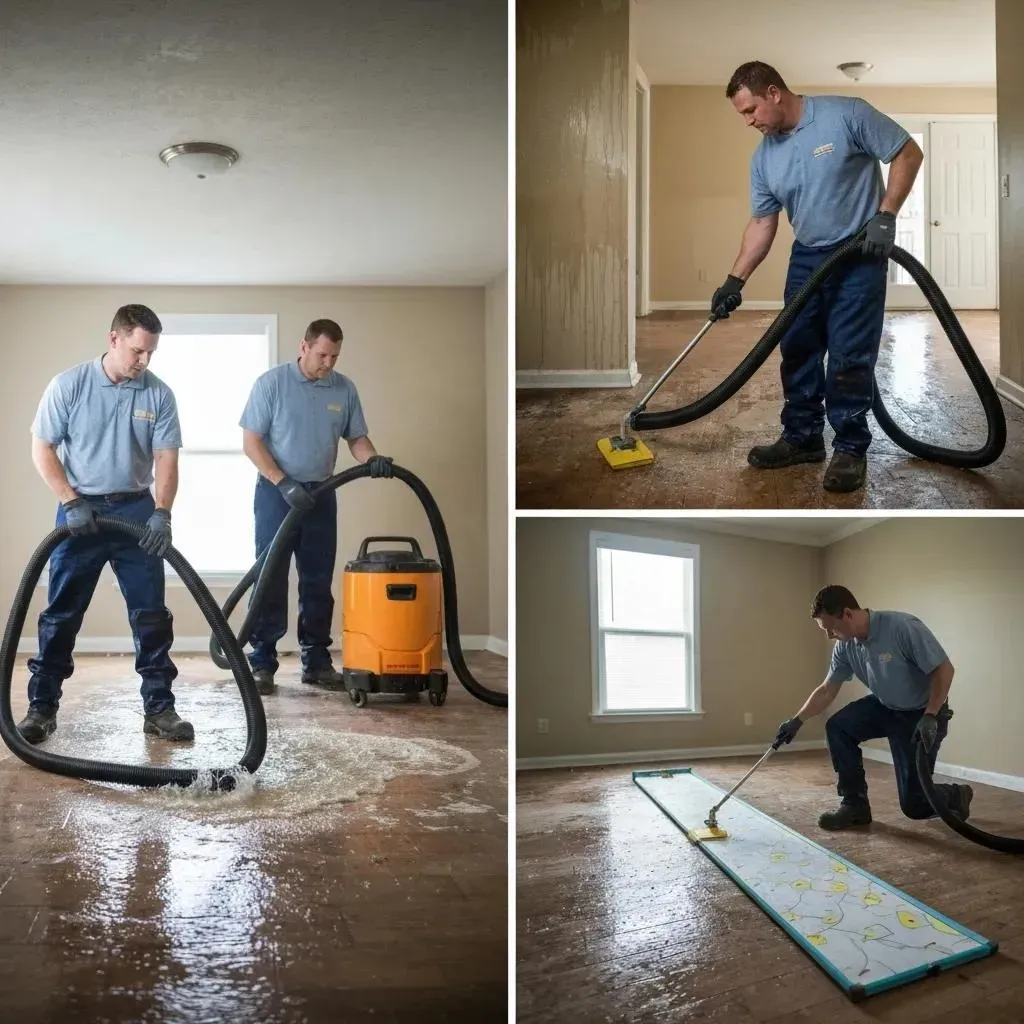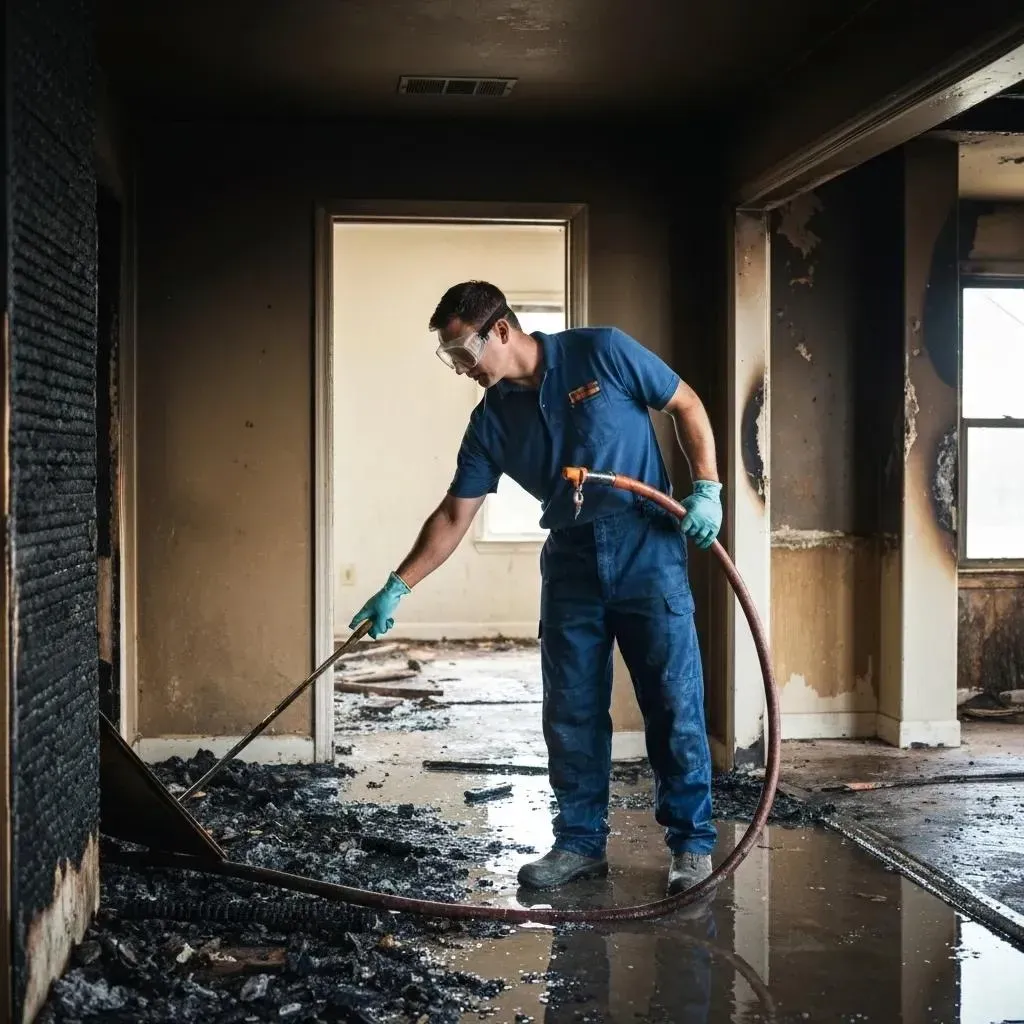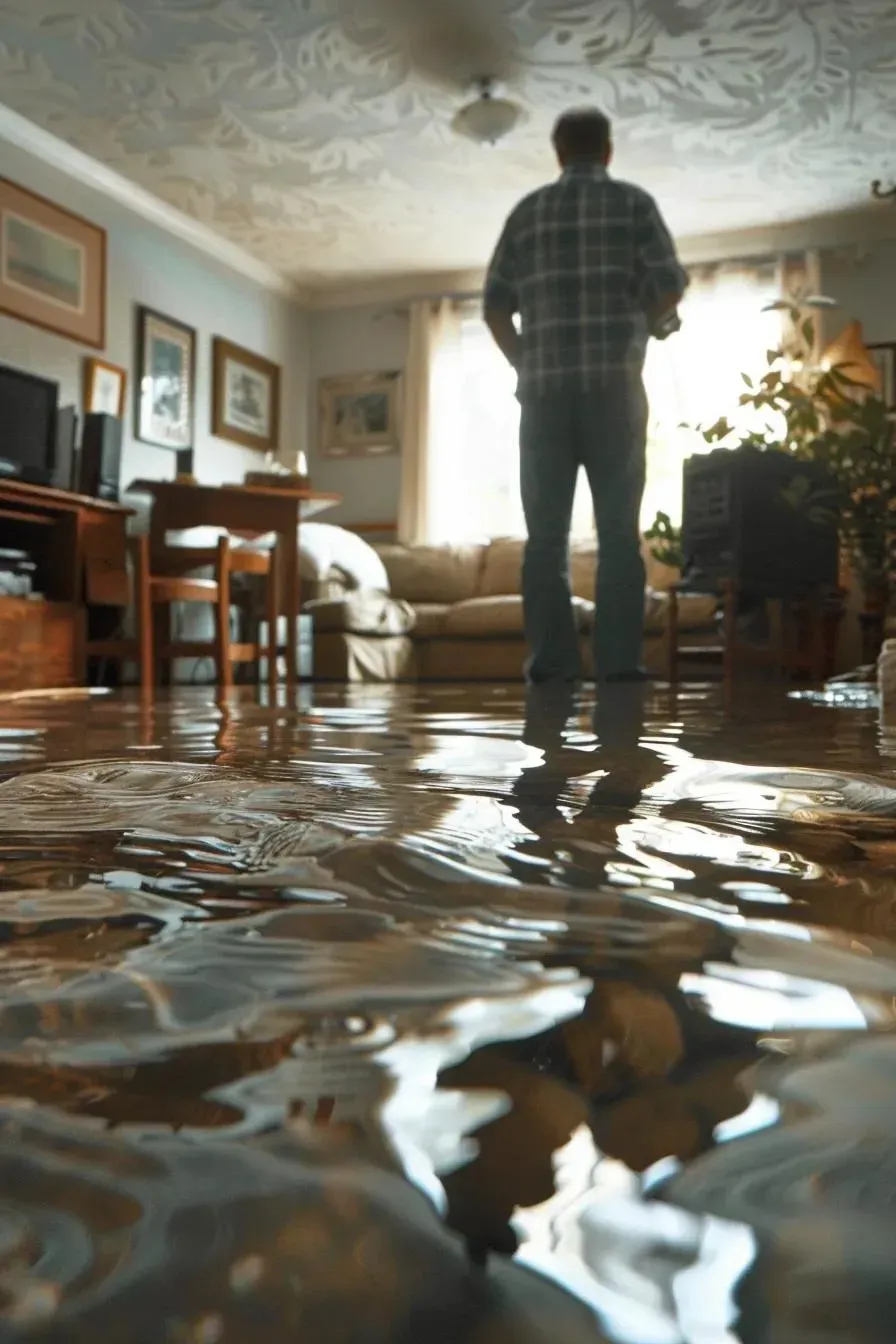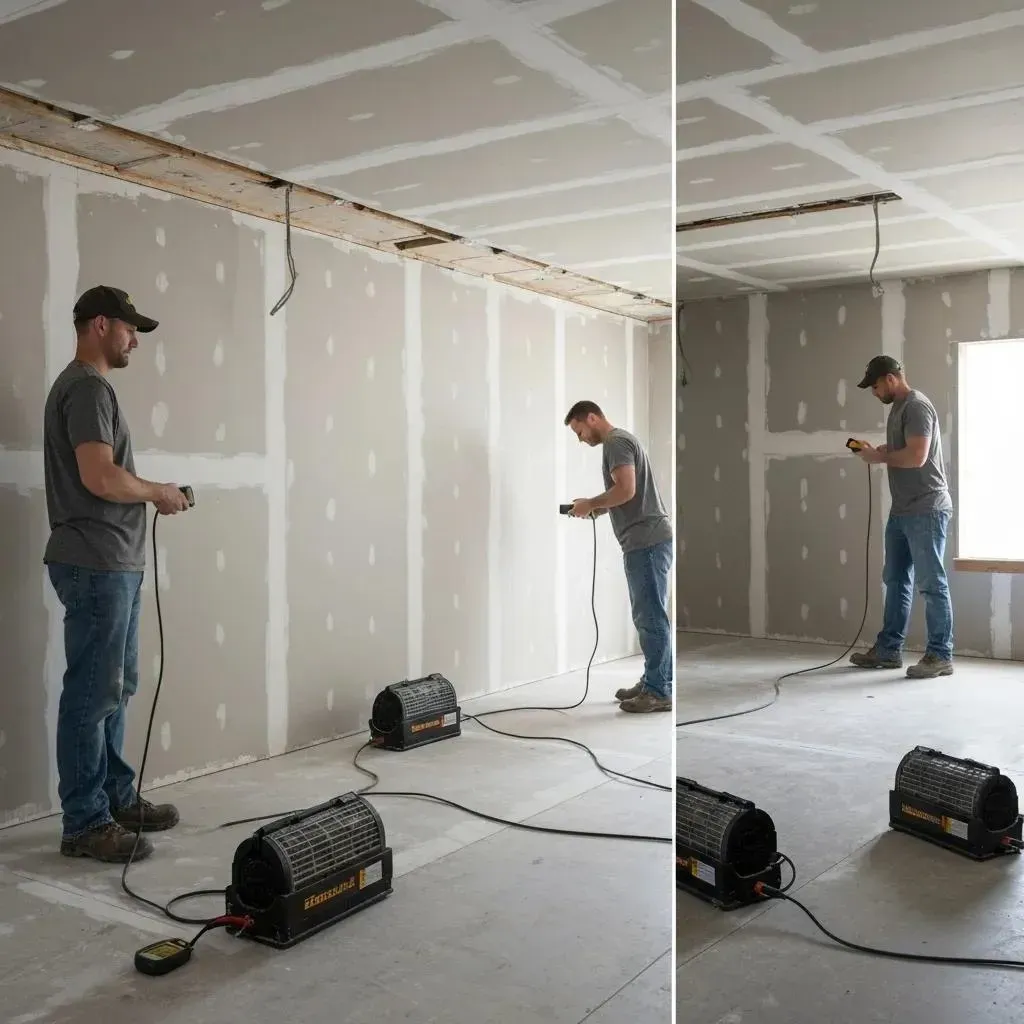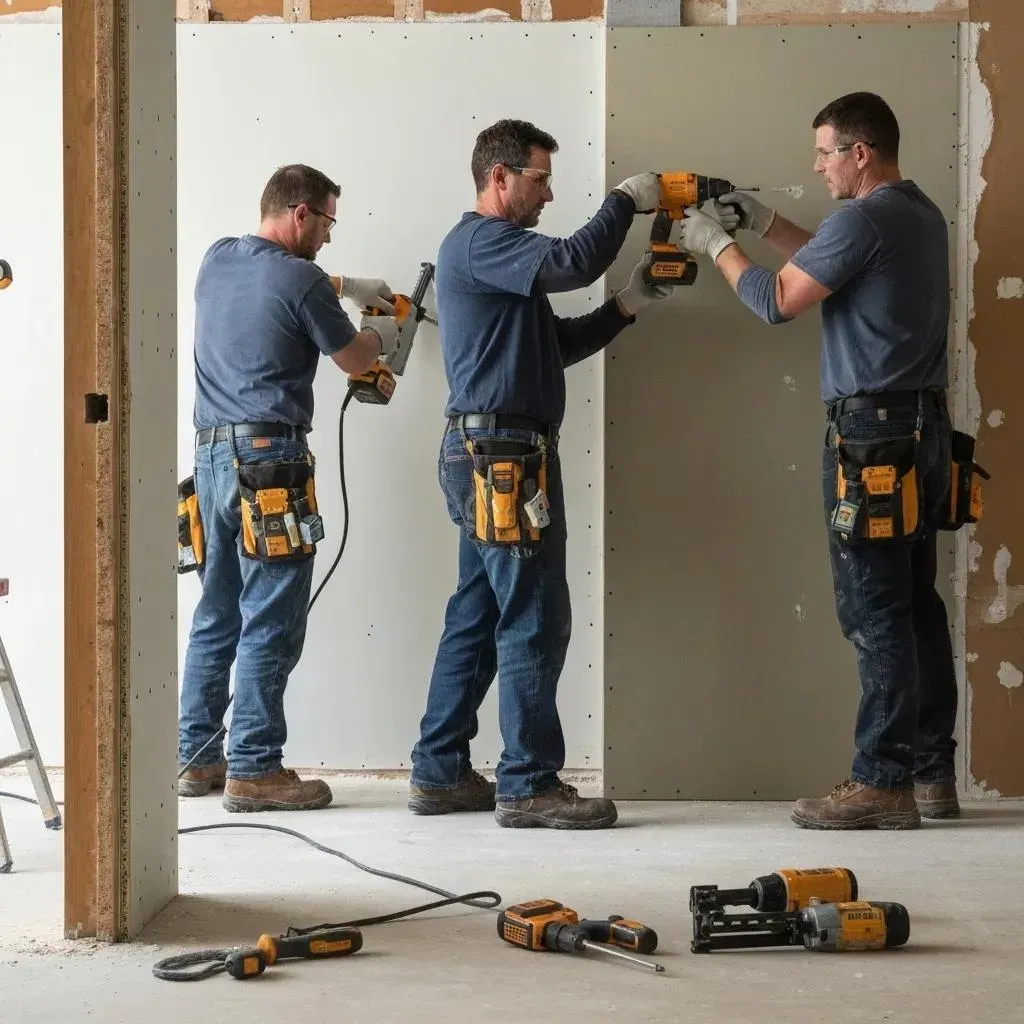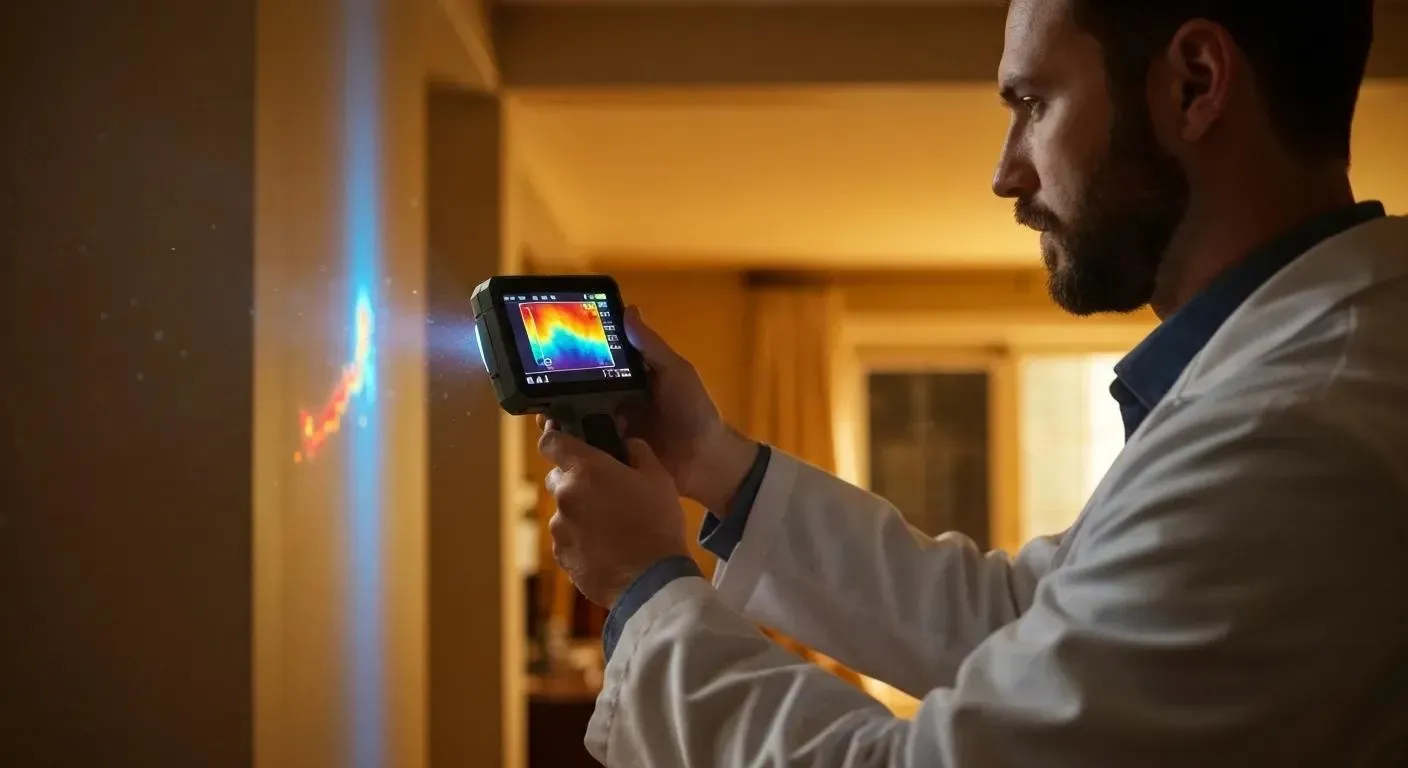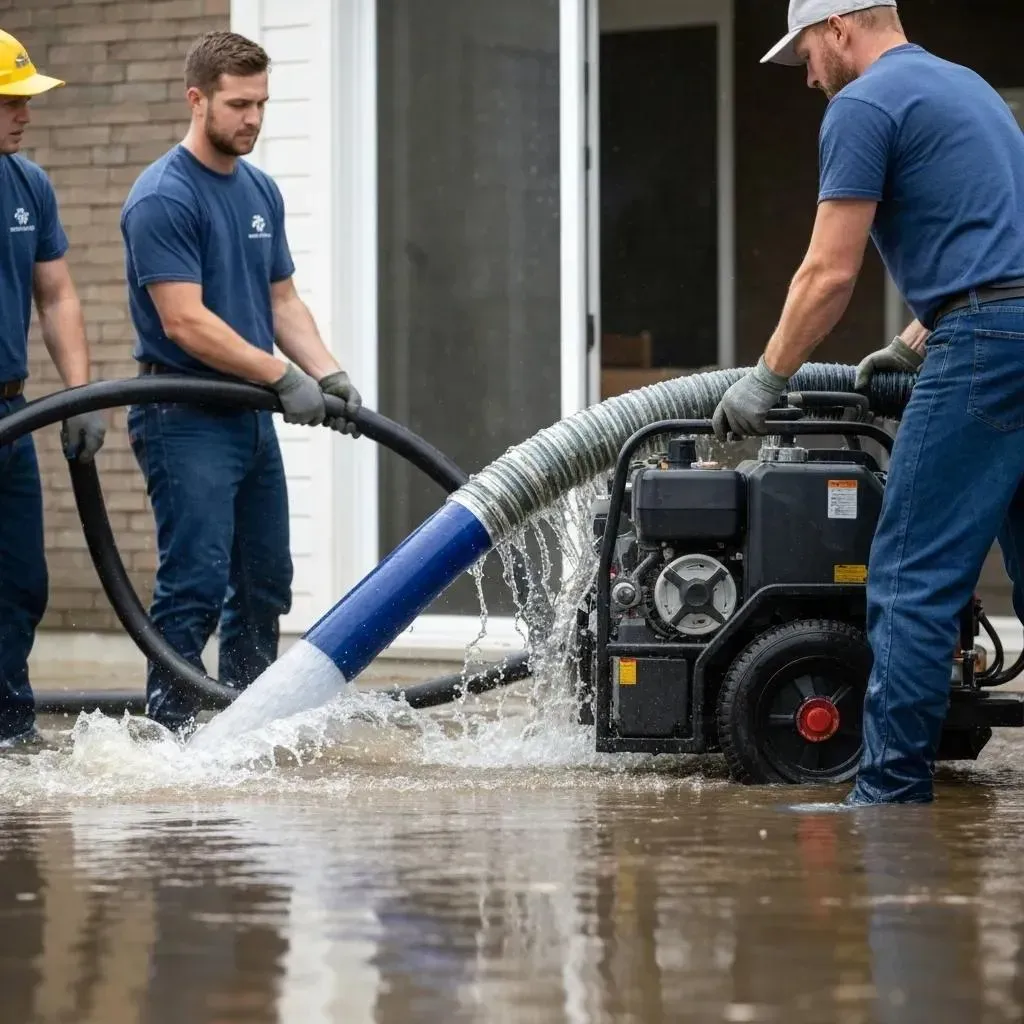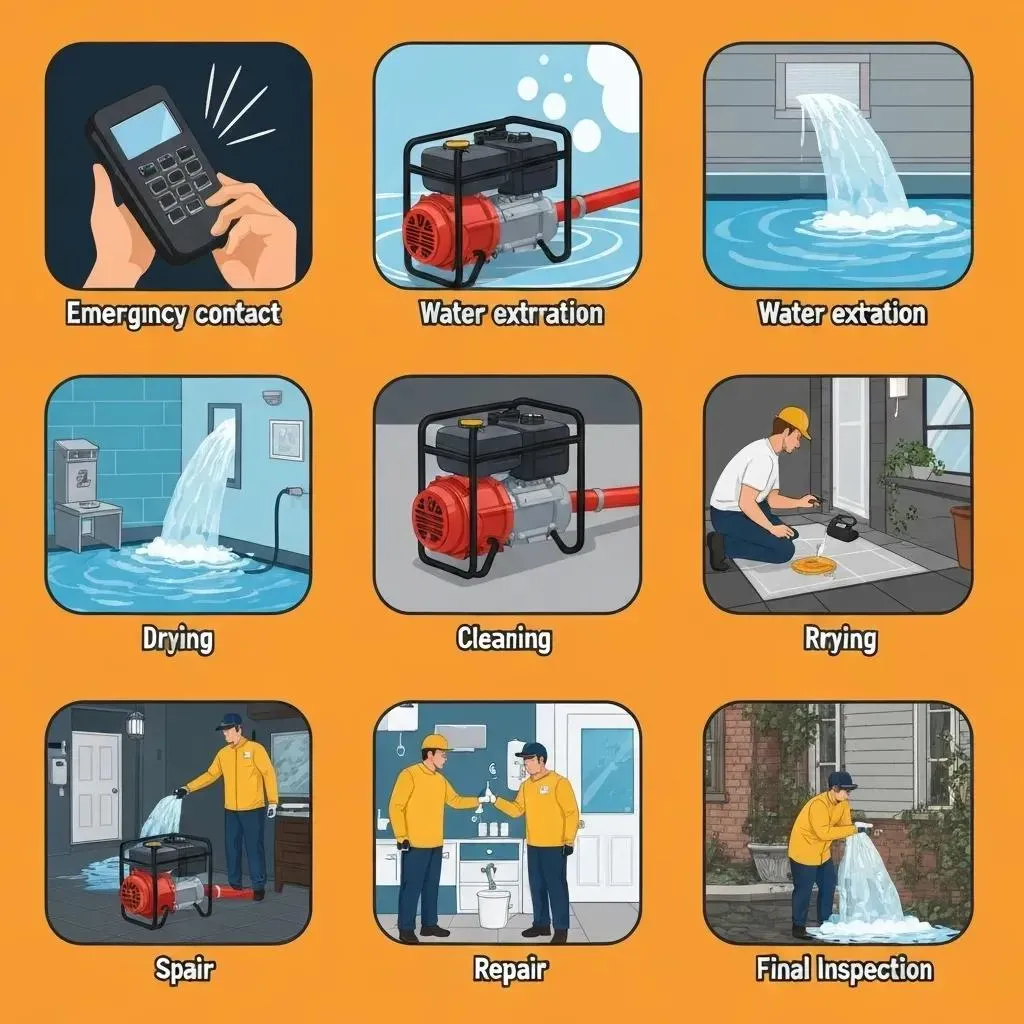Blog
When Disaster Strikes: Your Guide to Insurance Restoration Services
Insurance restoration services are professional recovery solutions that help property owners recover after water, fire, storm, or mold damage. These specialized services work with your insurance company to restore your property to pre-loss condition while minimizing stress and disruption.
What Insurance Restoration Services Include
✓ 24/7 emergency response
✓ Water damage mitigation
✓ Fire & smoke restoration
✓ Mold remediation
✓ Storm damage repair
✓ Insurance claim assistance
✓ Contents cleaning & restoration
✓ Complete reconstruction services
When disaster strikes your home, the aftermath can feel overwhelming. Water seeping through your ceiling, smoke damage blackening your walls, or mold spreading after a flood—these situations demand immediate, professional attention. Without proper restoration, what begins as an unfortunate incident can quickly escalate into a costly, long-term problem affecting your property's structure and your family's health.
The days following property damage are critical. Professional restoration companies respond rapidly—often within one hour—to assess damage, prevent further deterioration, and begin the recovery process. Unlike general contractors, restoration specialists have the specialized equipment, certifications, and insurance expertise to handle everything from emergency water extraction to complex smoke odor removal.
What sets quality restoration professionals apart?
- IICRC certification (Institute of Inspection, Cleaning and Restoration Certification)
- 24/7 emergency response capabilities
- Direct insurance billing to simplify claims
- Specialized equipment for proper damage assessment and remediation
- Comprehensive services from initial cleanup through complete reconstruction
I'm Mike Martinez, owner of Accountable Home Services, with extensive experience providing insurance restoration services throughout Denver and helping hundreds of families recover from property disasters with minimal stress and maximum results.
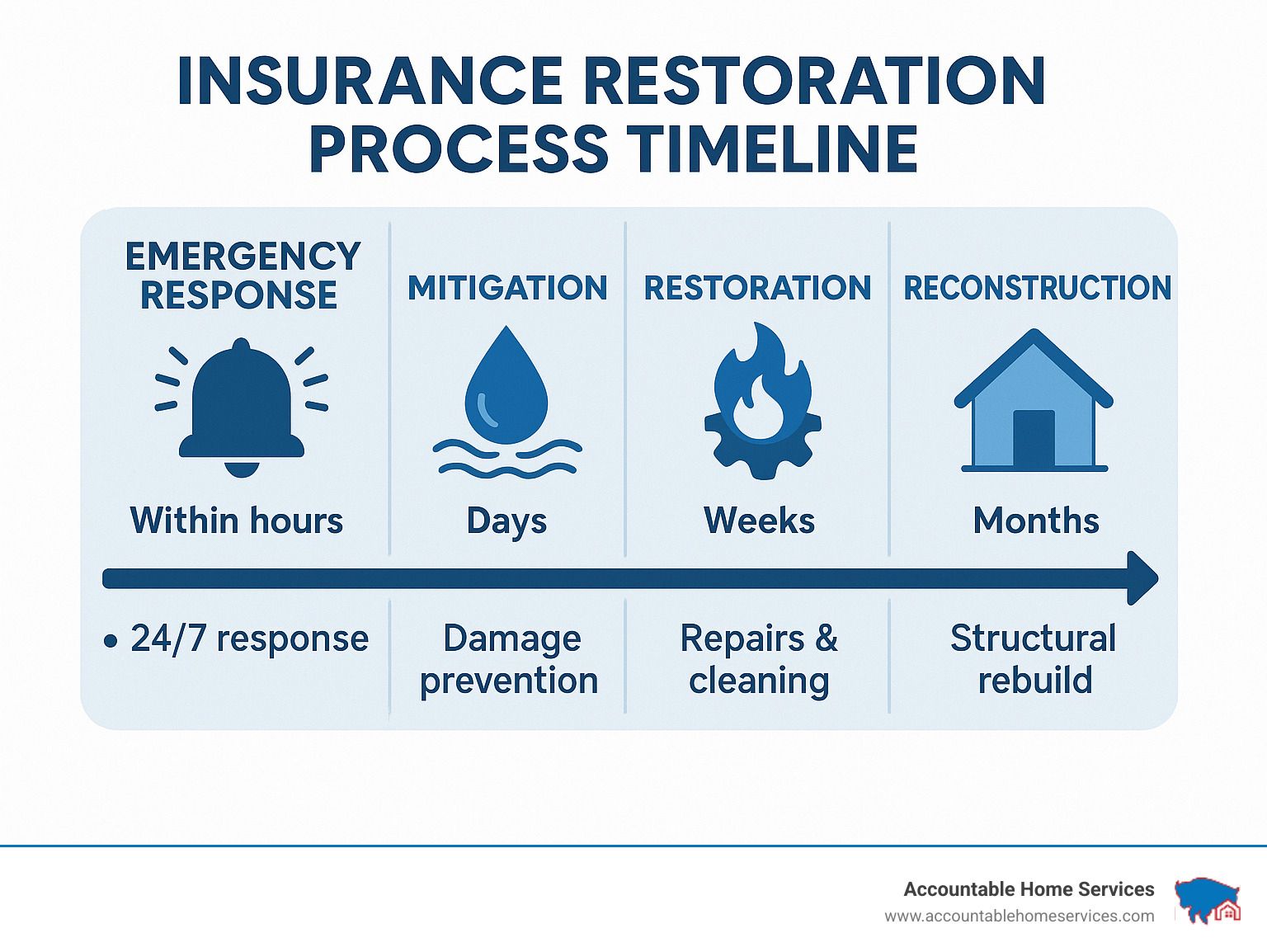
Understanding Insurance Restoration Services
When disaster strikes your home, insurance restoration services become your lifeline back to normalcy. These aren't just cleanup crews—they're your comprehensive recovery team with the specialized knowledge, equipment, and insurance expertise needed to restore your property after unexpected damage.
Here in the Denver Metro Area, we face a unique set of challenges—from sudden flash floods to punishing hailstorms and bone-dry conditions that increase fire risks. Our Colorado climate doesn't play favorites when it comes to home disasters, which is why having a trusted restoration partner in your corner can make all the difference.
As we often tell our clients, "Water damage doesn't care how good your week was going." This simple truth captures why professional restoration services exist—disasters don't schedule appointments, and when they happen, you need experts who can respond immediately.
Damage Types Covered
Water Damage Restoration is perhaps our most common call in Denver. From burst pipes during our notorious freeze-thaw cycles to washing machine failures and roof leaks after heavy snow, water finds its way into homes in countless ways. Our water restoration process includes thorough extraction, strategic drying, careful dehumidification, and structural repairs to return your home to pre-loss condition.
Fire and Smoke Damage requires specialized expertise that goes far beyond cleanup. Whether you've experienced a kitchen fire, electrical malfunction, or even smoke damage from nearby wildfires (an increasing concern in Colorado's wildland-urban interface), proper restoration involves soot removal, odor neutralization, and structural rehabilitation.
Mold Remediation becomes necessary when moisture issues go unaddressed. In Denver's climate, many homeowners are surprised to find mold despite our dry air. Hidden leaks, poor ventilation, and water intrusion create perfect conditions for mold growth that requires professional removal and prevention strategies.
Storm Damage is a year-round concern for Colorado homeowners. From those summer hailstorms that pound our roofs to winter blizzards that create ice dams and cause structural stress, storm restoration requires specialized knowledge of both emergency mitigation and long-term repairs.
Wind and Hail Damage deserves its own category in Colorado, where we experience some of the highest hail claim rates in the country. Our restoration teams are experts at identifying and repairing the often-subtle damage to roofing, siding, windows, and other exterior elements that can compromise your home's integrity.
Why Speed Matters
When it comes to property damage, time truly is money. The industry term "secondary damage" refers to the cascading problems that develop when initial damage isn't addressed quickly—and it's why our team emphasizes rapid response.
The "mold clock" starts ticking the moment water enters your home. Within just 24–48 hours, mold can begin growing on damp materials, changing a simple water cleanup into a complex remediation project. This is why professional restoration companies like ours emphasize our quick response capabilities—we aim to arrive within one hour for emergencies.
According to research from the Institute of Inspection, Cleaning and Restoration Certification (IICRC), water damage addressed within the first 24 hours typically costs significantly less to restore than damage left unattended for even a few days. This cost escalation happens for several reasons:
- Materials become increasingly compromised with time. Drywall that might have been saved with quick drying often requires complete replacement after prolonged exposure.
- Contamination levels increase dramatically. Clean water (Category 1) can degrade to gray water (Category 2) or black water (Category 3) within days, requiring more intensive remediation protocols and driving up costs.
- Mold remediation adds substantial expense once growth begins. Costs can increase by 50 % or more due to containment requirements, air filtration needs, and specialized cleaning procedures.
- Structural damage worsens as water migrates through your home, potentially compromising joists, subfloors, and support beams if left unchecked.
Many Denver homeowners mistakenly believe our dry climate will help "dry things out naturally." Unfortunately, this thinking often leads to hidden moisture pockets that cause long-term damage and mold issues that might not become visible until months later—when they're much more expensive to address.
Timeline of Recovery: The Insurance Restoration Process Explained
When disaster strikes your home, understanding what happens next can help ease your anxiety. The restoration journey isn't a sprint—it's a carefully orchestrated process designed to bring your home back to life while keeping you sane throughout. Here's what to expect when professional insurance restoration services step in:
1. Emergency Response & Assessment (Hours 0-24)
The clock starts ticking immediately. Within hours of your call, certified technicians arrive at your property to evaluate safety hazards and begin preliminary damage assessment. This is when the real heroes show up—powerful water extraction equipment for floods or immediate securing services for fire damage. While they work to stabilize your home, they're also snapping photos and documenting everything for your insurance claim.
2. Mitigation Phase (Days 1-3)
Think of this as the "stop the bleeding" phase. The focus shifts to preventing additional damage as teams continue extracting water with specialized equipment. You'll see industrial-grade dehumidifiers and air movers strategically placed throughout your home. For fire damage, smoke and soot cleaning begins, while mold scenarios require careful containment of affected areas. Materials that can't be saved are removed now to prevent further issues.
3. Restoration Planning (Days 2-5)
This is where your recovery starts taking shape. Your restoration team develops a detailed scope of work while coordinating with your insurance adjuster. Together, they reach agreement on covered repairs, helping you steer material selections and reconstruction plans. If needed, your belongings are carefully inventoried and packed out to a secure facility for specialized cleaning.
"Having a detailed plan in place gives homeowners peace of mind during what's otherwise a chaotic time," explains Mike from Accountable Home Services. "We want you to see the light at the end of the tunnel."
4. Drying & Cleaning (Days 3-10)
Science takes center stage as moisture levels are continuously monitored with specialized meters. Technicians apply antimicrobial treatments to prevent mold growth while HEPA air filtration systems remove harmful particulates from your indoor air. Specialized cleaning processes restore your salvageable belongings, and odor removal treatments ensure no lingering reminders of the disaster.
5. Reconstruction (Weeks 2-8)
Now comes the change back to normal. Damaged structural elements are rebuilt, new drywall goes up, and fresh flooring is installed. Your home gets a fresh coat of paint, fixtures and cabinetry are reinstalled, and finally, your cleaned contents return home. This phase varies most in length depending on the extent of damage—sometimes wrapping up in weeks, other times taking a couple of months for extensive damage.
6. Final Quality Control & Completion (Final Week)
The finish line approaches with a thorough inspection alongside you, the homeowner. Every detail is verified against industry standards, final documentation is prepared for your insurance, and warranty information is provided for your records. Only when you're satisfied does the project officially close.
Throughout every step, your restoration contractor should maintain open communication, keeping you informed about progress, timelines, and any necessary adjustments.
Insurance Restoration Services and Your Insurance Claim
Let's face it—dealing with insurance claims ranks right up there with root canals on most people's fun scale. Fortunately, professional restoration companies act as your advocates in this process, helping ensure fair coverage for necessary repairs.
The claim journey typically unfolds like this: You report the loss to your insurance company, who assigns an adjuster to your case. Meanwhile, your restoration contractor documents all damage with detailed photos, moisture readings, and notes. They create a comprehensive scope of work using industry-standard software like Xactimate—the same system insurance companies recognize.
When your contractor meets with the insurance adjuster, they review damage together and discuss the proposed restoration plan. After this, the insurance company provides an initial coverage decision and payment amount. If there's disagreement between what your contractor recommends and what insurance offers, your restoration company steps in to advocate for appropriate coverage. Once scope and payment align, work proceeds, with any additional damage finded during restoration submitted as supplemental claims.
"Most homeowners don't realize they can choose their own contractor, regardless of who their insurance company recommends," notes Mike Martinez. "Having someone who works for you—not your insurance company—can make a huge difference in your claim outcome."
Understanding your policy before disaster strikes is ideal, but let's be honest—most of us don't realize our policy limitations until we're knee-deep in a claim. Common questions include whether your policy covers full replacement cost or actual cash value, what your deductible is for different types of claims, whether there are coverage limits for mold remediation, and if your policy includes code upgrade coverage.
In Denver's unique environment, certain coverage considerations deserve special attention. Many standard policies exclude damage from ground water infiltration—a common issue during our spring snowmelt. Similarly, roof damage from our frequent hail storms may have specific coverage limitations worth understanding.
For more detailed information about navigating water damage claims specifically, check out what every Denver homeowner needs to know about water damage insurance claims.
Documenting Loss for Maximum Reimbursement
When it comes to insurance claims, the old saying rings true: if it isn't documented, it didn't happen. Professional insurance restoration services employ several advanced methods to thoroughly document your loss.
Photo and Video Evidence provides comprehensive visual records of all affected areas. This includes close-up images of specific damage, wide shots showing the extent of affected areas, and before/during/after restoration photos. For complex situations, video walkthroughs offer additional context.
Thermal Imaging reveals what the naked eye can't see. These infrared cameras detect temperature differences that indicate hidden moisture behind walls, under floors, or in ceilings—critical for proving the full extent of water damage.
Moisture Meters bring scientific precision to the process, measuring exact moisture content in materials. This helps establish the extent of water intrusion, monitor drying progress, and verify when materials have reached acceptable dryness levels.
Digital Reporting ties everything together with detailed documentation including moisture mapping diagrams, daily drying logs, equipment placement records, and material removal inventories.
For your personal belongings, a thorough Contents Inventory itemizes damaged property with descriptions, quantities, age information, replacement values, photos of damaged items, and restoration or replacement recommendations.
This comprehensive documentation serves as your protection—providing clear evidence to support your insurance claim, establishing baseline conditions for measuring restoration progress, creating a record for potential future issues, and helping determine which items can be restored versus replaced.
Typical Paths for Water, Fire & Mold Recovery
While every disaster has its unique challenges, restoration professionals follow proven protocols custom to different damage types:
For Water Damage Recovery, technicians first extract standing water with powerful pumps and vacuums. They remove materials that can't be saved, like saturated carpet padding and affected drywall, before setting up professional drying equipment. Antimicrobial treatments prevent mold growth while daily moisture monitoring continues until drying goals are achieved. Only then does rebuilding begin.
Fire Damage Recovery starts with securing your property through board-up services or roof tarping if needed. Specialized techniques remove smoke and soot while addressing any water damage from firefighting efforts. Deodorization using ozone, hydroxyl, or thermal fogging eliminates lingering smells. Meanwhile, salvageable contents undergo cleaning and restoration before structural cleaning, repairs, and complete reconstruction begin.
For Mold Remediation, the first step is always identifying and addressing the moisture source. Containment with negative air pressure prevents cross-contamination while HEPA air filtration captures airborne spores. Affected porous materials must be removed, while salvageable surfaces undergo cleaning and treatment. Clearance testing verifies successful remediation before rebuilding completes the process.
Denver's unique climate requires adaptation of these standard approaches. Our low humidity can accelerate drying times for water damage, but it also means proper humidity control during drying is essential to prevent over-drying and material damage. Similarly, our high altitude affects how some equipment performs, requiring adjustments to standard protocols.
The science behind these restoration paths is well-established. According to IICRC research, following these systematic approaches not only restores homes more effectively but also significantly reduces long-term health risks associated with improper restoration.
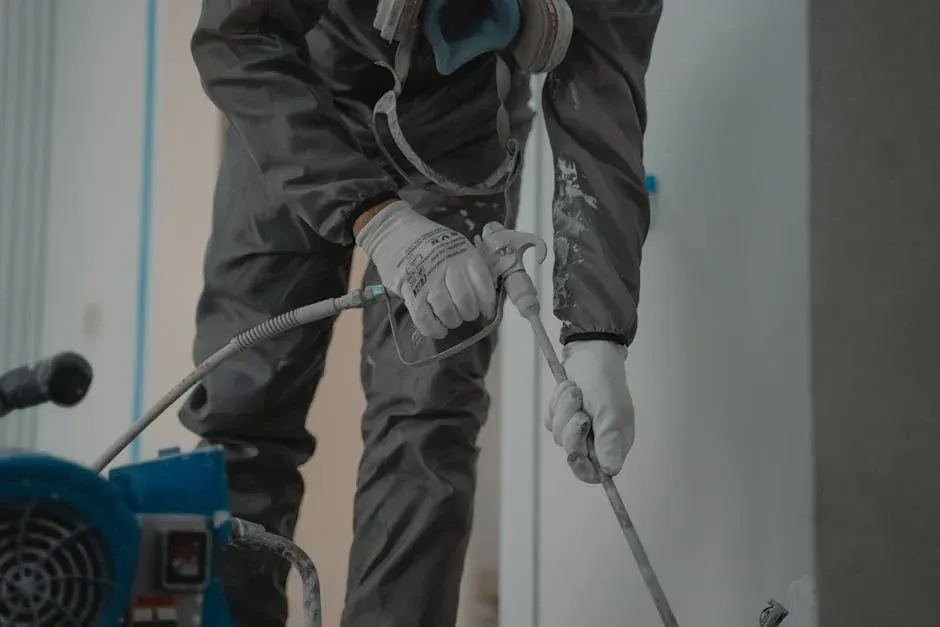
First 24 Hours: Homeowner Action Plan & Avoiding Costly Mistakes
When disaster strikes your home, those first 24 hours are absolutely critical. What you do—or don't do—during this window can dramatically affect everything from the extent of damage to your insurance claim outcome. I've seen how quick, smart actions can save Denver homeowners thousands in unnecessary repairs.
Your safety always comes first. If you're facing structural damage, a sagging ceiling, or you smell gas, don't hesitate—evacuate immediately. For flooded areas, water and electricity create a deadly combination, so stay out until professionals give you the all-clear. After a fire, only re-enter once the fire department confirms it's safe.
Next, focus on preventing the situation from worsening. If you're dealing with water damage, shut off the main water supply. For affected electrical areas, turn off power at the breaker box. Suspect a gas leak? Shut it off and call your utility company right away. These simple steps can prevent a bad situation from becoming catastrophic.
While waiting for professionals, you can take small protective measures if it's safe to do so. Place buckets under active leaks, carefully move valuable items from affected areas, and open windows for ventilation (except in mold situations where this could spread spores). Just be careful not to walk repeatedly on wet carpet, as this can damage your subflooring.
Document everything. In the age of smartphones, this is easier than ever—take photos and videos of all damage before any cleanup begins. Keep all receipts for emergency purchases like tarps or buckets. Note the date, time, and circumstances of the damage. These records will be invaluable when filing your insurance claim.
Speaking of insurance, report your claim as soon as possible. Most Denver homeowners don't realize that policies require "prompt reporting," and delays can jeopardize coverage. While waiting for your adjuster, call a professional restoration company like Accountable Home Services. Getting experts on site quickly can make all the difference in preventing secondary damage.
Immediate Do's & Don'ts
When facing property damage, knowing what not to do is just as important as knowing what to do.
DO turn off the water source if you have active water intrusion. Blot excess water with towels to minimize spreading. Remove small valuables from affected areas if safe. Open cabinet doors to allow air circulation. And most importantly, contact professionals immediately.
DON'T use your household vacuum to remove water—this is dangerous and can damage your vacuum. Avoid using bleach on potential mold; contrary to popular belief, bleach can actually feed certain mold types and doesn't address the root cause. Never turn on ceiling fixtures if the ceiling is wet. And resist the urge to begin DIY demolition or tearout before professional assessment—I've seen well-intentioned homeowners cause thousands in additional damage this way.
One mistake I see frequently in Denver's unique climate: using fans without proper moisture assessment. Our dry air might make surfaces appear dry while moisture remains trapped in subfloors or wall cavities. Improper drying can actually push moisture deeper into materials or create perfect conditions for mold growth in hidden areas. More info about emergency steps
Common Pitfalls to Dodge
After helping hundreds of Denver families through disaster recovery, I've identified several common mistakes that can complicate your restoration journey:
Delayed reporting to your insurance company can lead to claim denial. Many policies require notification within 24-72 hours, and waiting too long suggests the damage wasn't significant enough to warrant immediate attention.
Discarding evidence before proper documentation is a serious mistake. Don't throw away damaged items, remove affected materials, or clean up too thoroughly before your adjuster has inspected the damage. Your insurance company needs to see the full extent of the loss.
Limiting yourself to insurer-preferred vendors might not be in your best interest. While your insurance company might suggest specific restoration companies, you have the right to choose. Insurer-preferred vendors ultimately work for the insurance company, not you. Getting an independent assessment often results in more thorough restoration.
Hiring unqualified contractors is a risk that spikes after widespread damage events like Denver's frequent hailstorms. Always verify proper licensing, insurance, and certifications. Check references and read online reviews before hiring anyone to work on your home.
Accepting initial settlement offers without review can shortchange your recovery. Have your restoration contractor review any settlement before accepting it. Be aware of your right to dispute inadequate settlements—professional restoration companies can help identify overlooked damage or underestimated repair costs.
DIY remediation of hazardous materials like mold, asbestos, or sewage is dangerous and often counterproductive. These materials require specialized handling, equipment, and disposal procedures. Improper remediation can create health hazards for your family and complicate insurance coverage. More info about contractor–insurer relations
Through years of serving the Denver Metro Area, I've seen countless situations where homeowners thought they were saving money with DIY efforts, only to end up with more extensive damage, health issues, or insurance complications. Professional assessment from the start is always the most cost-effective approach in the long run.
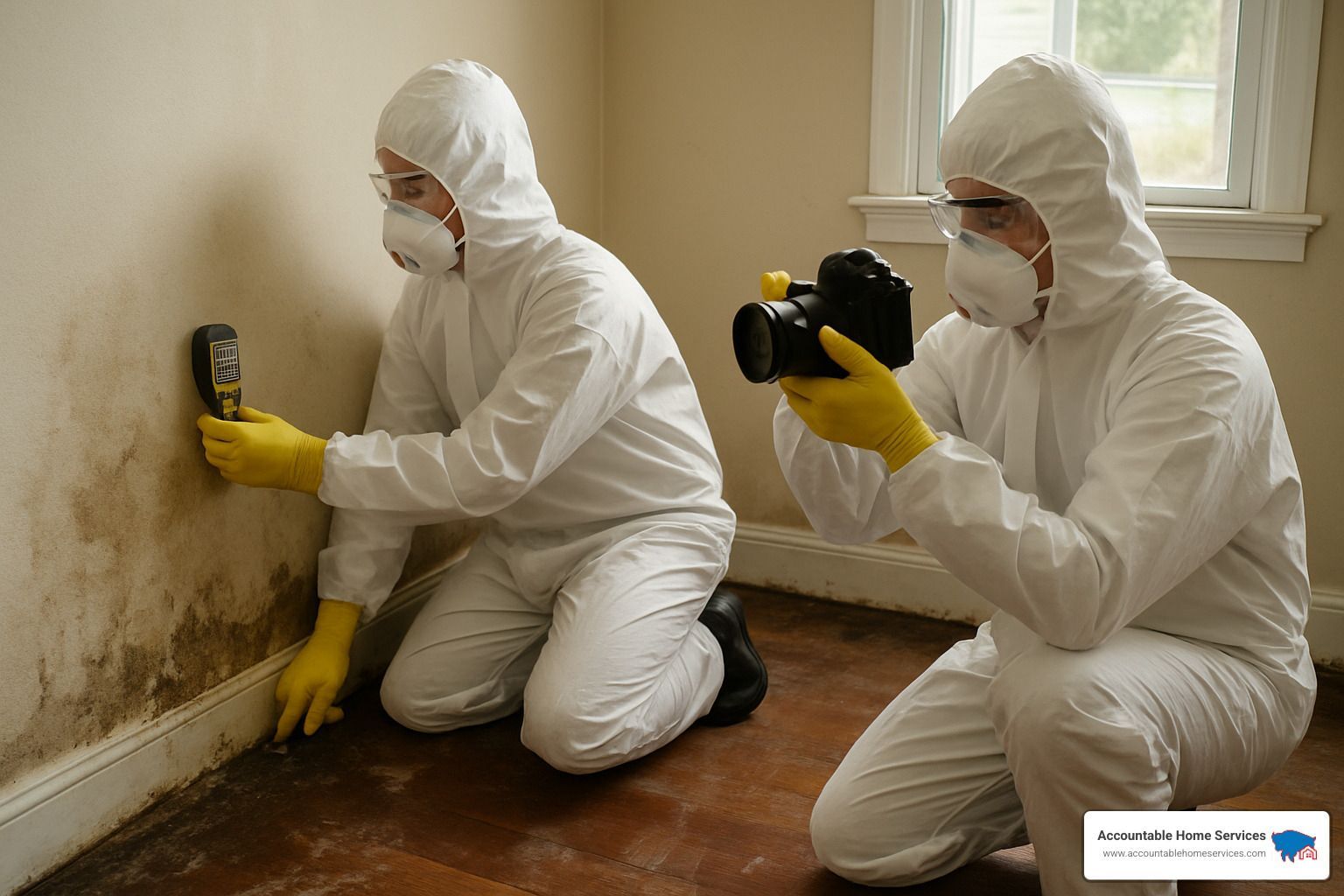
Working With Certified Pros: Claims Support, Health, and Added Value
When disaster strikes your home, working with certified professionals doesn't just ensure proper restoration—it provides numerous additional benefits that protect your health, maximize your insurance claim, and reduce your stress during an already difficult time.
IICRC Certification: The Institute of Inspection, Cleaning and Restoration Certification (IICRC) sets the industry standards for professional restoration. Certified technicians have completed rigorous training in specific restoration disciplines and follow established best practices. At Accountable Home Services, all our technicians maintain current IICRC certifications in their specialties.
OSHA Safety Compliance: Professional restoration companies adhere to Occupational Safety and Health Administration (OSHA) standards, ensuring not only worker safety but also proper containment and handling of potentially hazardous materials in your home.
Containment Protocols: Certified professionals establish appropriate containment areas to prevent cross-contamination during restoration. This includes:
- Plastic barriers to isolate affected areas
- Negative air pressure systems to prevent particulate spread
- Designated clean rooms and decontamination areas
- HEPA filtration to capture airborne contaminants
Air Quality Management: Professional restoration includes comprehensive air quality control through:
- Air scrubbers with HEPA filtration
- Continuous air monitoring during remediation
- Final clearance testing to verify safe conditions
- Specialized treatments for odor elimination
Contents Services: Beyond structural restoration, certified professionals provide specialized services for your belongings:
- Contents pack-out and inventory
- Off-site cleaning and storage
- Specialized electronics restoration
- Document recovery and restoration
- Furniture and textile cleaning
Temporary Housing Coordination: Quality restoration companies assist with arrangements if your home is temporarily uninhabitable:
- Working with insurance for Additional Living Expense coverage
- Helping identify suitable temporary accommodations
- Coordinating timelines to minimize displacement
- Managing logistics for essential items during transition
Choosing the Right Insurance Restoration Services Partner
Selecting the right restoration partner significantly impacts your recovery experience. Here are key factors to consider:
Certifications and Training:
- IICRC certification in relevant specialties
- Local licensing and insurance
- Continuing education and current training
- Specialized certifications for specific restoration challenges
Reviews and Reputation:
- Online reviews across multiple platforms
- Better Business Bureau rating
- References from past clients
- Testimonials specific to your type of damage
Response Capabilities:
- 24/7 emergency availability
- Guaranteed response times
- Sufficient staff and equipment for your needs
- Capacity to handle your project size
Local Experience:
- Knowledge of Denver's unique building codes
- Understanding of Colorado's climate challenges
- Established relationships with local insurers
- Familiarity with common regional property issues
Direct Insurance Billing:
- Experience working with major insurance carriers
- Ability to document claims properly
- Willingness to advocate for appropriate coverage
- Transparent billing practices
In the Denver Metro Area, local experience is particularly valuable due to our unique climate conditions, common property issues (like expansive soils affecting foundations), and specific building code requirements. A restoration company familiar with these regional factors will provide more effective service than one without local expertise.
Claim Advocacy & Adjuster Coordination
One of the most valuable services professional restoration companies provide is insurance claim advocacy. This includes:
Scope Negotiation: Ensuring all necessary repairs are included in the insurance scope of work, not just the most visible damage.
Code Upgrade Coverage: Identifying when repairs must meet current building codes that differ from when the home was built, and ensuring these costs are covered if your policy includes code upgrade provisions.
Fair Settlement Advocacy: Using industry knowledge and documentation to ensure the settlement amount reflects actual restoration costs in the current market.
Supplement Management: Submitting and negotiating additional claims for damage finded during the restoration process.
Technical Expertise: Providing scientific evidence and industry standards to support necessary procedures that adjusters might question.
At Accountable Home Services, we've developed strong working relationships with adjusters from all major insurance carriers serving the Denver area. These relationships allow us to communicate effectively about your claim while maintaining our primary commitment to you, the homeowner.
Beyond Cleanup: Extras You Might Need
Complete property restoration often requires specialized services beyond initial cleanup:
Contents Restoration: Professional cleaning and restoration of:
- Furniture and upholstery
- Clothing and textiles
- Artwork and documents
- Photographs and keepsakes
- Collectibles and valuables
Electronics Restoration: Specialized cleaning and recovery for:
- Computers and tablets
- Entertainment systems
- Kitchen appliances
- Smart home systems
- Business equipment
Odor Removal: Comprehensive deodorization using:
- Hydroxyl technology
- Ozone treatment
- Thermal fogging
- Enzyme treatments
- Sealants when necessary
Complete Reconstruction: Full-service rebuilding including:
- Structural repairs
- Drywall installation and finishing
- Flooring replacement
- Cabinet and countertop installation
- Paint and finish work
- Fixture replacement
Many homeowners don't realize that standard homeowners insurance typically covers these comprehensive restoration services when they're necessary due to covered damage. Working with a full-service restoration company like Accountable Home Services means you don't need to coordinate between multiple contractors—we handle everything from emergency response through final reconstruction.
Frequently Asked Questions about Insurance Restoration Services
How quickly should restoration begin after a disaster?
Restoration should begin as soon as possible—ideally within hours of the damage occurring. The industry standard for emergency response is 1-2 hours from the initial call, with mitigation work beginning immediately upon arrival.
This rapid response isn't just about convenience—it's absolutely critical to preventing a cascade of worsening problems. Think of water damage like a ticking clock: every hour that passes, more moisture seeps deeper into your materials, making recovery increasingly difficult and expensive. Mold doesn't wait either—it can begin growing within just 24-48 hours after water shows up where it shouldn't be.
For fire damage, time is equally important. Smoke and soot particles become more stubborn and embedded the longer they sit on your walls, furniture, and belongings. What might have been salvageable with quick action could require complete replacement after just a few days of delay.
Here in Denver, our unique climate can be deceiving. Our lower humidity might make you think water damage is less urgent—"It'll dry out on its own, right?" Unfortunately, this misconception often leads to bigger problems. Our climate can actually cause uneven drying, where surfaces appear dry while moisture remains trapped in building materials, setting the stage for hidden damage and mold issues that might not reveal themselves for weeks or months.
What certifications should my restoration team hold?
Your restoration team should hold relevant IICRC (Institute of Inspection, Cleaning and Restoration Certification) certifications for the specific type of damage affecting your property. These aren't just fancy acronyms—they represent rigorous training and adherence to industry-standard protocols that ensure your home is restored properly.
When choosing a restoration partner, look for these key certifications:
- WRT (Water Damage Restoration Technician): The foundation for proper water damage recovery
- ASD (Applied Structural Drying): Advanced techniques to ensure thorough drying
- FSRT (Fire and Smoke Restoration Technician): Specialized knowledge for fire damage
- OCT (Odor Control Technician): Expertise in eliminating those persistent post-disaster smells
- AMRT (Applied Microbial Remediation Technician): Professional mold remediation skills
- CDS (Commercial Drying Specialist): For larger-scale water losses
Beyond these industry certifications, a reputable restoration company should also maintain proper state and local licensing, carry comprehensive liability and workers' compensation insurance, and have EPA certification for mold remediation. OSHA compliance training ensures the work is done safely, and in Denver's older homes, asbestos awareness training is particularly important.
At Accountable Home Services, we're committed to ongoing education. Our technicians not only maintain current certifications in their specialties but also receive regular training as industry standards evolve. This investment in knowledge directly translates to better outcomes for your home and family.
How do pros keep my family safe during mold or asbestos cleanup?
Professional restoration companies use comprehensive containment and air quality control measures to protect occupants during hazardous material remediation. This isn't just about following procedures—it's about creating a fortress around contamination to keep your family safe.
When we tackle mold remediation, our safety protocols create multiple layers of protection:
First, we establish proper containment barriers using heavy-duty 6-mil polyethylene sheeting to physically isolate the affected area. Then we create negative air pressure within this containment, essentially turning the work area into a vacuum that prevents mold spores from drifting into clean areas of your home.
We set up decontamination chambers that act as airlocks between clean and contaminated spaces, and install HEPA air filtration systems that continuously scrub the air of microscopic particles. Our technicians wear comprehensive personal protective equipment not just for their safety, but to prevent accidentally tracking contaminants through your home.
During the work, we use controlled demolition techniques that minimize dust and spore release, and HEPA vacuuming to capture fine particulates. Before we consider the job complete, we often recommend clearance testing by a third party to verify successful remediation before removing containment.
Asbestos remediation—particularly common in Denver homes built before the 1980s—requires even more stringent safety measures. We follow strict EPA and state regulations, using wetting techniques to keep materials damp and prevent fiber release. We implement proper specialized disposal methods, conduct air monitoring throughout the process, and use specialized equipment designed specifically for asbestos work.
Sometimes, especially during extensive remediation projects, we might recommend temporary relocation for your family's safety. If this becomes necessary, we can help coordinate with your insurance company to use your Additional Living Expense coverage, making the transition as smooth as possible.
The bottom line is that proper remediation isn't just about removing hazardous materials—it's about doing so in a way that protects everyone involved. When you choose certified professionals like our team at Accountable Home Services, you're not just getting cleanup; you're getting peace of mind knowing the job is being done safely and thoroughly.
Conclusion
When disaster strikes your Denver home, insurance restoration services become your lifeline back to normalcy. They provide the expertise, equipment, and advocacy needed to return your property to pre-loss condition with minimal stress and disruption. From those critical first hours through complete reconstruction, professional restoration contractors serve as your allies in recovery, handling complex processes while you focus on what matters most—maintaining your family's routine and peace of mind.
At Accountable Home Services, we understand that each property damage situation tells its own unique story. Our IICRC-certified technicians don't just bring specialized training and advanced equipment to every project—we bring compassion and Denver-specific experience whether you're dealing with water damage from a burst pipe during our harsh winters, fire and smoke damage from a kitchen accident, hidden mold growing after snowmelt season, or storm recovery following one of our notorious hailstorms.
We believe in transparent communication throughout the restoration process. You'll never wonder what's happening in your home or where your claim stands. We work diligently with your insurance company to ensure fair coverage while delivering results that exceed expectations.
The value of professional restoration goes far deeper than the visible repairs you can see. It includes:
- Preventing secondary damage through rapid response when minutes count
- Finding and addressing those hidden issues before they turn into major headaches
- Ensuring thorough documentation that maximizes your insurance coverage
- Protecting your family's health through proper containment and remediation
- Delivering genuine peace of mind with warranty-backed workmanship you can trust
As Denver's trusted restoration partner, we're available 24/7 for emergency response throughout the metro area. Whether you're in Broomfield, Westminster, Thornton, Northglenn, Arvada, Boulder, Denver proper, Longmont, or Erie—our teams can reach you quickly when disaster won't wait. Our commitment to accountability isn't just in our name—it's in everything we do, backed by industry-leading warranties and ongoing support.
Don't wait until water is pouring through your ceiling or smoke has filled your home to find a restoration partner you can trust. Save our emergency number in your phone today. Better yet, contact us for a free property assessment to identify potential vulnerabilities before they lead to damage.
Remember: in property restoration, acting quickly with qualified professionals isn't just about repairs—it's about protecting your home's value, your family's health, and your peace of mind during challenging times. When you need help most, we'll be there with a steady hand and a warm smile.
For 24/7 emergency response or to learn more about our comprehensive insurance restoration services, visit our website to request a free consultation.
